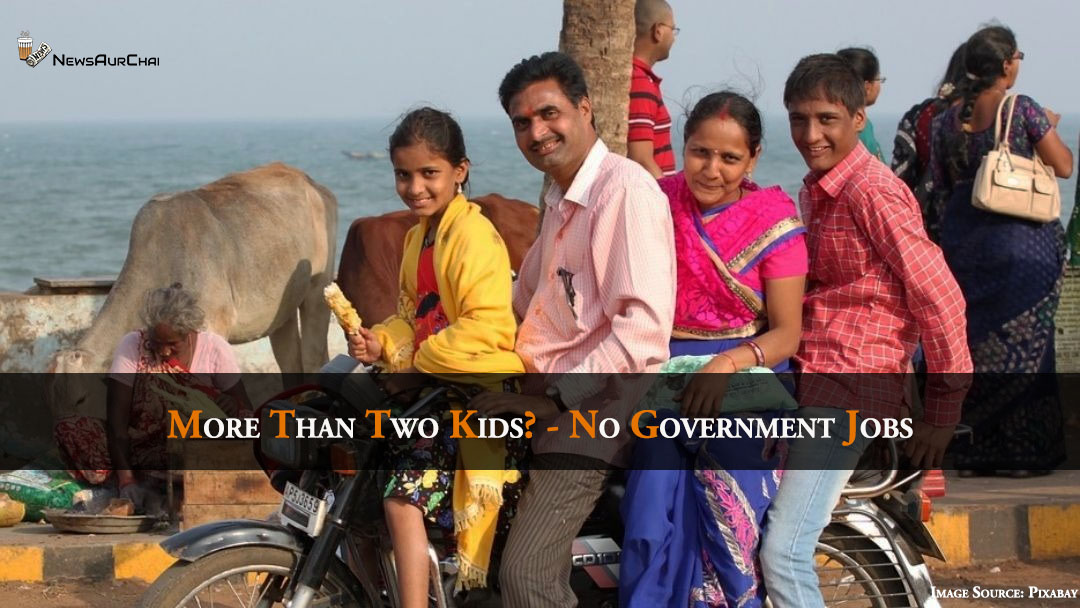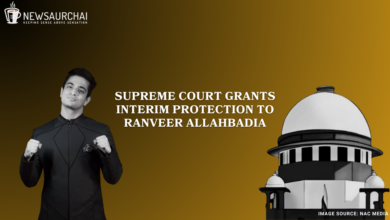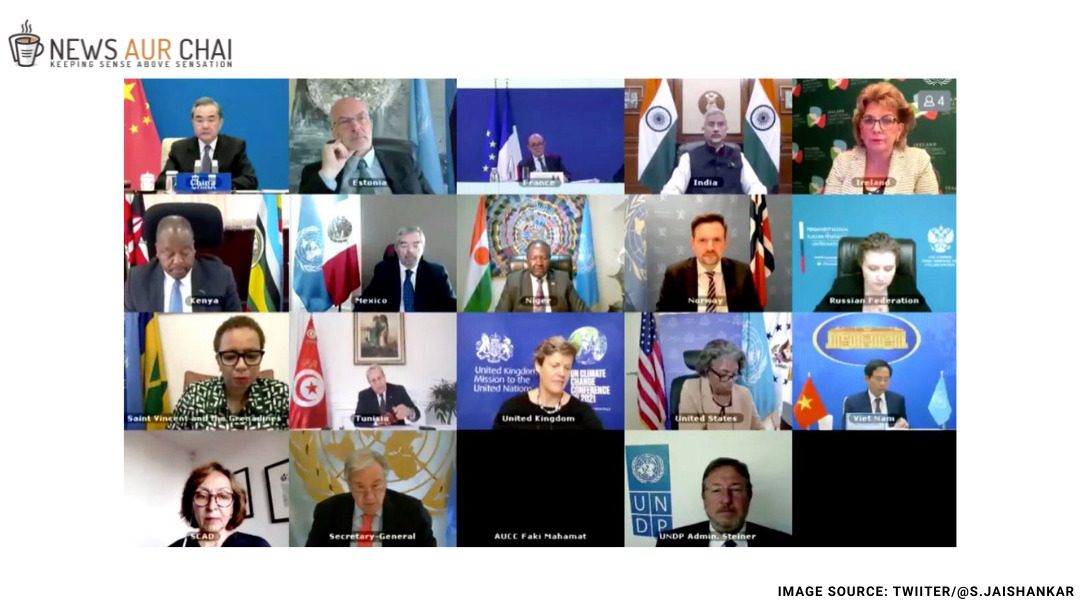More Than Two Kids? – No Government Jobs

On Monday evening the State Cabinet of Assam decided to make government jobs out of bounds for citizens with more than two children. After two years of the adoption of the population policy by the 126-member Assam Assembly. The policy will come into existence from January 1, 2021.
An announcement from Chief Minister Sarbananda Sonowal’s public relations cell stated that those having more than two children would not be considered for government jobs with effect from January 1, 2021, as per the small family norm.
Furthermore, the report states that the Cabinet also adopted the New Land Policy, which will give three bighas (43,200 sq. ft.) of agricultural land to landless indigenous people. Plus half a bigha for constructing a house. This will come with a rider: a beneficiary can sell the property only after 15 years of use.
Back in September 2017, the State Assembly of Assam had passed the ‘Population and Women Empowerment Policy of Assam’. The main of the policy was to attempt to encourage the small family. It also specified that job candidates with two children only would be eligible for government employment. Moreover, the current government staff were to follow the two children family norm strictly.
The policymakers and social scientists during that time were trying to link sustainable development to population and economic growth and the increasing recognition of the centrality of women’s empowerment to the success of development programmes.
“Implementing the population policy was necessary, given the pressure on land and resources in Assam. Providing land to the landless was also one of our commitments,” a minister said after the Cabinet meeting.
Other significant decisions taken by the Cabinet comprises of increasing bus fares by 25% and providing ₹300 per month to widows under a scheme named after educationist Indira Miri. The scheme also necessitates a one-time grant of ₹25,000 for women who became widows on or after April 1.





